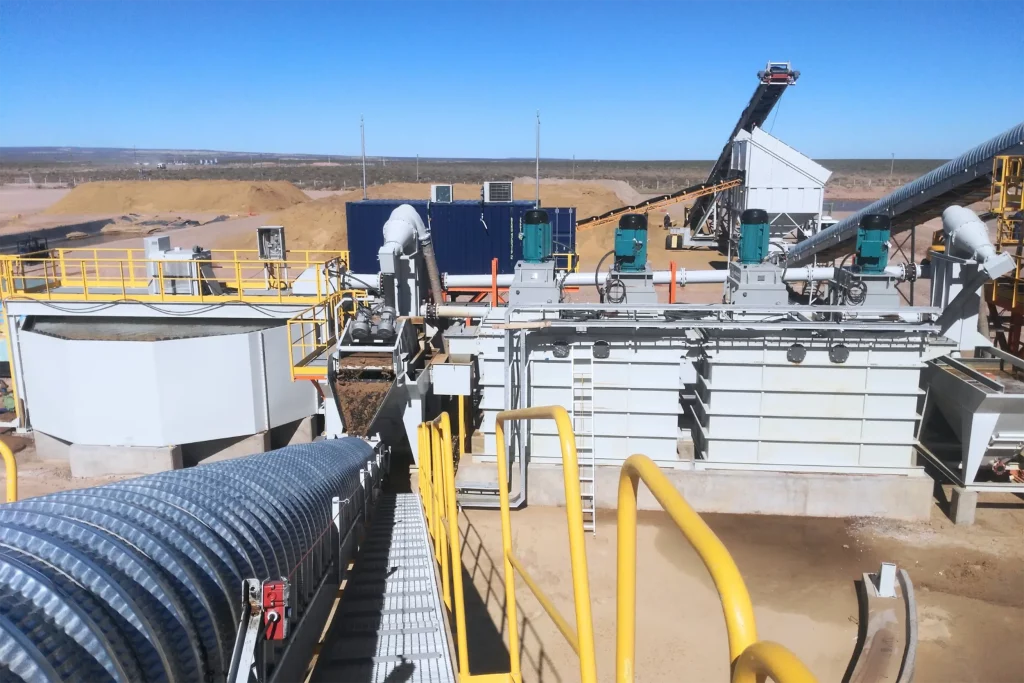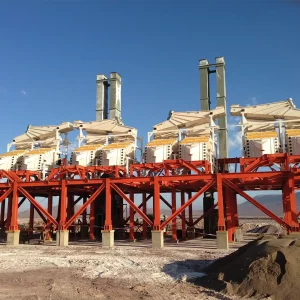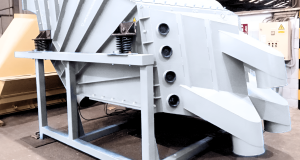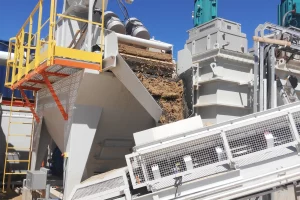Sand washing systems are essential in the materials processing industry, where unpredictability is the rule, not the exception.
What works one year can stall the next as regulations change, resources fluctuate, or new projects require different outputs. Supply chains are changing to meet new mandates for sustainability and efficiency, driving demand for higher quality materials and more adaptable processing solutions. For sand washing operations, staying adaptable is more than a convenience – it is an advantage. Mogensen’s sand washing systems meet this need by offering something simple yet powerful: the ability to adapt to the task at hand.
The Limitations of Traditional Sand Washing Systems
Traditional sand washing systems tend to lock into rigid processes. If needs change – say, from cleaning fine sand to handling bentonite slurry or kaolin clay – it’s necessary to make major modifications or replace the whole system. Flexible systems avoid this rigidity. Each component, such as pumps, motors, dewatering screens, and hydro-cyclones, can be selected and configured to meet different processing needs, allowing operations to adapt without starting from scratch.
Modular Solutions with Mogensen
The CONTROLFLOC series is one example. By fine-tuning the flocculation process, it efficiently separates unwanted particles and makes sure that as much valuable material as possible is recovered. This means less waste, cleaner output and a system that respects the environment. CONTROLFLOC also automates flocculant dosing, improving sludge treatment and water clarity.
Sustainability in Action
But adaptability doesn’t just mean handling different materials. It also means responding to the broader push for sustainability. Water use in sand-washing has long been a sticking point. Mogensen’s systems address this by recycling water within the process, reducing waste and cutting down on the need for constant resupply. Clarifiers and sludge treatment systems further support water recovery, keeping operations efficient and compliant with environmental standards.
Scaling for the Future
There’s also the issue of scale. As projects grow or shrink, flexible systems can adjust without major disruption. This adaptability allows operations to remain independent of today’s production levels and ready for future changes, whether it is an expansion or a transition to a new material stream.



















